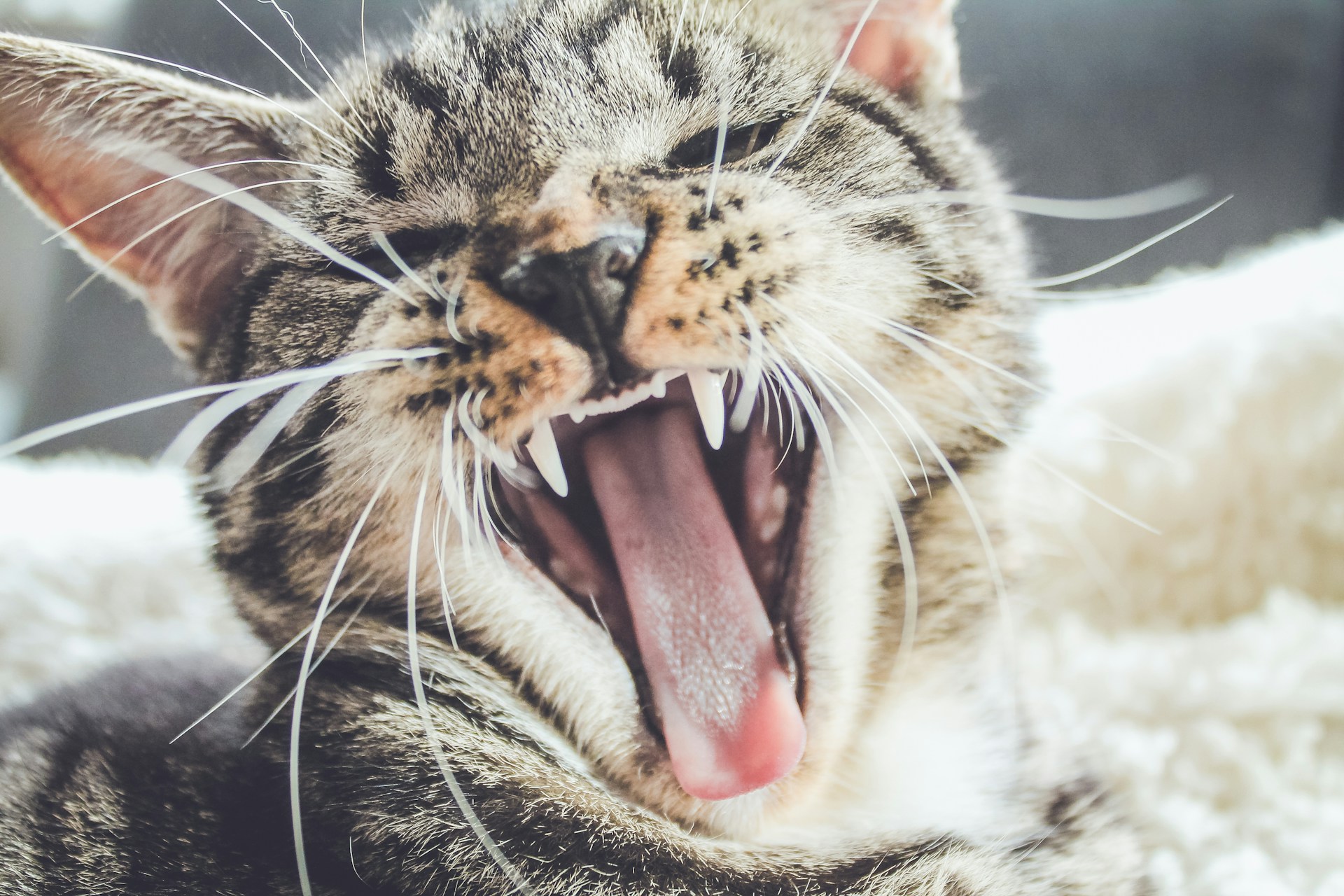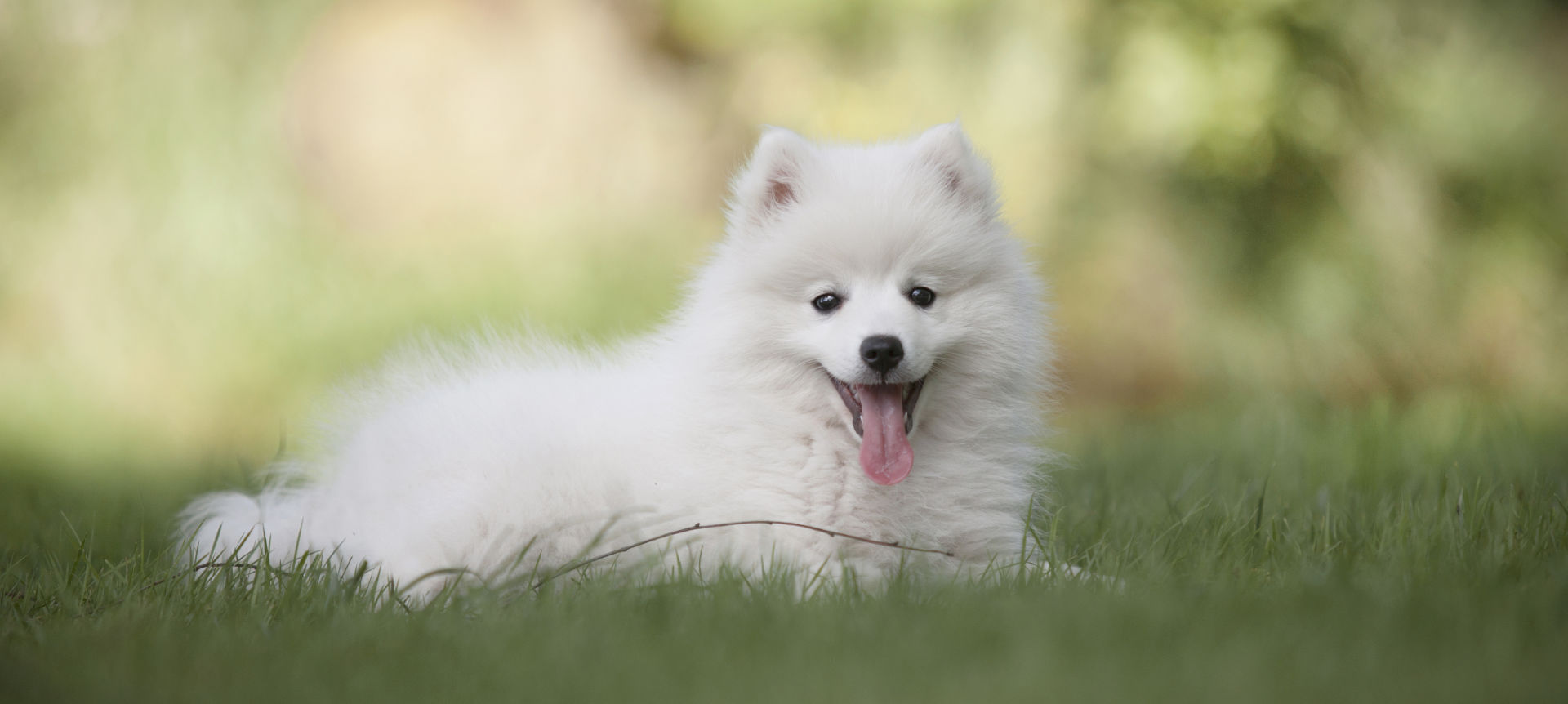
20 May Unveiling the Complexity of Veterinary Dental Cleanings: More Than Meets the Eye
When we think about dental cleanings, our minds often go to the familiar experience of visiting our dentist. We sit in a comfortable chair, open wide, and let the hygienist do their work. It’s a straightforward process for most humans, but when it comes to our pets, the scenario is vastly different. Veterinary dental cleanings are intricate procedures that involve a series of meticulous steps to ensure the oral health of animals. From the necessity of general anesthesia to advanced diagnostic imaging and comprehensive charting, the complexity of veterinary dental cleanings surpasses that of human dentistry.
The Necessity of General Anesthesia
One of the most significant differences between human and veterinary dental cleanings is the use of general anesthesia. While humans can sit still and follow instructions, animals cannot. To ensure the safety and effectiveness of the dental procedure, pets are placed under general anesthesia. This not only keeps them immobile but also allows the veterinarian to perform a thorough examination and cleaning without causing stress or discomfort to the patient.
Administering anesthesia involves a pre-anesthetic evaluation to assess the pet’s overall health and suitability for anesthesia. This typically includes blood tests, a physical examination, and sometimes additional diagnostics. The type and dosage of anesthesia are carefully calculated based on the pet’s size, species, and health status. Throughout the procedure, the pet’s vital signs are closely monitored to ensure their safety. The use of anesthesia transforms what seems like a simple task into a complex medical procedure requiring significant expertise and precision.
Diagnostic Imaging: X-rays and CT Scans
In human dentistry, X-rays are a routine part of dental check-ups. Similarly, in veterinary dentistry, diagnostic imaging is crucial but even more indispensable due to the inability of animals to communicate discomfort or pain. Dental X-rays allow veterinarians to see below the gumline and identify issues that are not visible during a standard oral examination. This includes problems like tooth root abscesses, bone loss, and retained roots of broken teeth.
For more detailed imaging, particularly in complex cases, CT (Computed Tomography) scans might be used. A CT scan provides a three-dimensional view of the pet’s teeth and jaws, offering unparalleled detail. This level of diagnostic imaging helps in planning intricate dental surgeries and identifying conditions that might not be apparent through X-rays alone. The incorporation of advanced imaging technologies underscores the sophistication involved in veterinary dental care.
Detailed Examination and Charting
A comprehensive dental cleaning for pets includes a meticulous examination of each tooth and the surrounding gums. Once the pet is under anesthesia and stable, the veterinarian conducts a thorough visual inspection. This involves probing each tooth to check for pockets under the gumline, which can indicate periodontal disease. The depth of these pockets is measured and recorded.
Charting is a critical component of this process. Just as a dentist charts a human patient’s dental condition, veterinarians chart every finding during the dental exam. This includes noting the condition of each tooth, the presence of tartar and plaque, gum recession, any loose or fractured teeth, and signs of infection or inflammation. This detailed charting creates a comprehensive record that helps in monitoring the pet’s dental health over time and planning future treatments.
Scaling and Polishing
The actual cleaning process involves scaling and polishing, akin to what humans experience but executed with a higher degree of complexity. Scaling is the removal of plaque and tartar from the teeth. In veterinary dentistry, both hand scalers and ultrasonic scalers are used. The ultrasonic scaler, which vibrates at high frequencies, helps to break up tartar and plaque more efficiently and is particularly effective for cleaning below the gumline.
After scaling, the teeth are polished to smooth out any scratches and help prevent future plaque build-up. Polishing is essential as it reduces the surface area on which plaque can adhere, thus contributing to longer-lasting oral health.
Post-Procedure Care and Follow-Up
Once the dental procedure is complete, pets require careful monitoring as they recover from anesthesia. Post-procedure care includes pain management, antibiotics if an infection was present, and sometimes dietary modifications. The veterinarian provides detailed aftercare instructions to the pet owner, including how to maintain their pet’s dental health at home and when to return for follow-up visits.
Regular dental check-ups and cleanings are essential to prevent dental diseases, which can lead to serious health issues if left untreated. Periodontal disease, for example, can affect not only the mouth but also the heart, kidneys, and other organs due to the spread of bacteria through the bloodstream.
The Art and Science of Veterinary Dental Care
Veterinary dental cleanings are far from the simple, routine cleanings we experience as humans. They are intricate, multi-step procedures that require a high level of expertise and advanced technology. From the administration of general anesthesia to detailed diagnostic imaging, thorough examination and charting, meticulous scaling and polishing, and addressing any abnormalities, each step is crucial to ensuring the oral and overall health of our pets.
Understanding the complexity and importance of veterinary dental care helps pet owners appreciate the level of care and precision involved in maintaining their pets’ health. Regular dental check-ups and cleanings, combined with proper at-home care, are essential for preventing dental diseases and ensuring a happy, healthy life for our beloved animal companions.
Schedule a Veterinary Dental Cleaning in Milwaukee
Just like in humans, putting off preventative dental care can have serious consequences on dental health in pets. If your dog or cat is due for a cleaning, please don’t hesitate give us a call to schedule an appointment. We’ll ensure your pet maintains excellent oral health.
Images used under creative commons license – commercial use (5/20/2024). Photo by Erik-Jan Leusink on Unsplash


